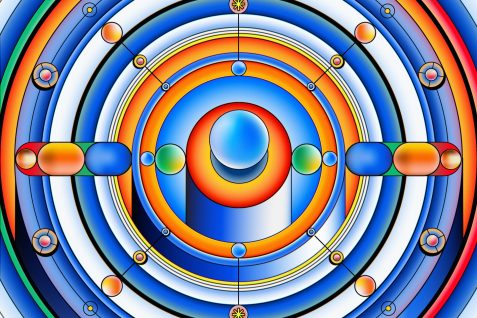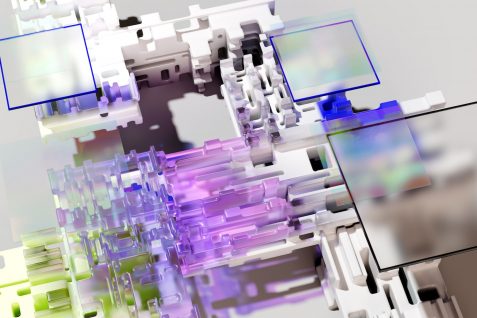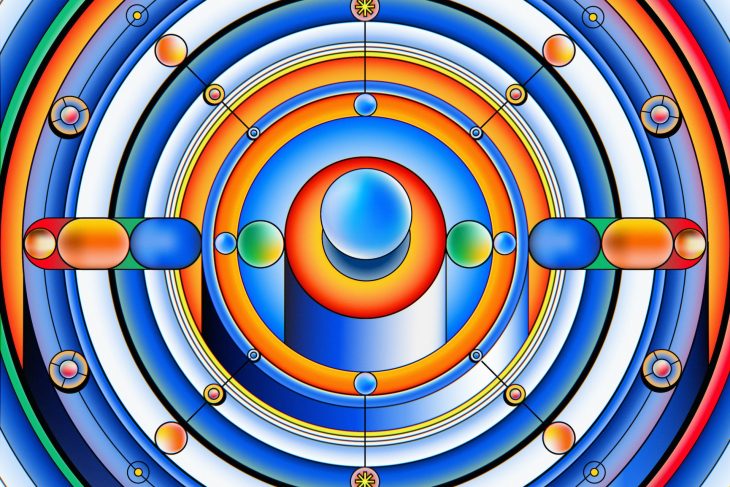
Developing Machine Translation for ASL
American Sign Language (ASL) is the primary language used by many members of the Deaf community in the United States and other countries around the world. Its unique visual-gestural nature presents …
American Sign Language (ASL) is the primary language used by many members of the Deaf community in the United States and other countries around the world. Its unique visual-gestural nature presents a challenge for developing machine translation online solutions to convert ASL into written text, opening up new opportunities for communication with those who use sign language as their primary means of communication.
Unveiling the Future of AI-Powered Machine Translation for ASL
The future of AI-powered Machine Translation for American Sign Language (ASL) is set to revolutionize the way deaf communities communicate and interact with each other. By leveraging state-of-the-art machine learning algorithms, developers have developed powerful tools that can perform automated translation from ASL to written English or vice versa. This technology has the potential to enable seamless communication between hearing and non-hearing individuals, bridging language barriers and connecting people from different backgrounds.
The development of these tools is a major breakthrough for the Deaf community. For generations, the lack of access to language translation has prevented them from communicating with broader audiences or taking part in job opportunities that require communication skills. With AI-powered Machine Translation for ASL, this communication gap can be drastically reduced or eliminated altogether.
This technology also opens up a number of exciting possibilities for the Deaf community. For example, it could enable biomedical research to be conducted more effectively and efficiently by allowing analysis of sign language data that would have previously been out of reach. It could also be used to create better user experiences for video and audio-based communication platforms, making them more accessible to Deaf individuals.
The potential impacts of AI-powered Machine Translation for ASL are immense and the possibilities that it brings are far-reaching. With this powerful technology, we can finally unlock valuable insights from the Deaf community and bring them into the mainstream. Unveiling the future of AI-powered Machine Translation for ASL could be a game-changer in connecting people from different backgrounds. We are just beginning to explore what this technology can do and the potential benefits it can bring to both hearing and non-hearing communities alike.
Exploring the Possibilities of Machine Translation in Interpreting ASL
Recent advancements in technology have made machine translation a viable option for interpreting American Sign Language (ASL) into spoken and written languages. This has opened up the possibility of bridging the gap between deaf and hearing individuals by providing an easier way to communicate while retaining meaningful conversations. Machine translation can also provide a less expensive and more efficient solution for language interpretation, which can be especially beneficial to those with limited resources or access to interpreters.
The recent development of machine translation technology has allowed for much more accurate and robust translations of ASL than previously possible. This is because the software is designed specifically to recognize and interpret sign language in real time, allowing for seamless conversations between individuals who speak different languages. Additionally, machine translation can provide a cost-effective solution for businesses and organizations that rely on ASL interpreters for their communications needs.
Though the use of machine translation for interpreting ASL is still in its early stages, there are many potential benefits to be gained from its usage. For example, machine translation could help reduce the cost of language interpretation for those with limited resources or access to interpreters. Additionally, it could provide an easier way for people to communicate in ASL without having to rely on a human interpreter.
The potential benefits of machine translation are far-reaching, and the possibilities are endless. As technology continues to advance and become more sophisticated, the possibilities for machine translation in interpreting ASL are likely to grow. With the right support and investments, machine translation could become an invaluable tool in bridging the gap between deaf and hearing individuals. In order to ensure that all individuals can benefit from the potential of machine translation, it is essential that businesses, governments, and organizations continue to invest in its development and implementation. With the right financial and technological support, it is possible to explore the possibilities of machine translation in order to provide meaningful conversations between individuals who speak different languages.
Taking Machine Learning to the Next Level with Automated Sign Language Interpretation
Automated Sign Language Interpretation is the process of automatically translating sign language into written or spoken language. This technology has the potential to revolutionize how people with hearing disabilities communicate with those who do not know sign language. With Machine Learning, automated sign language interpretation can take on a more accurate and fluent form that could be used in everyday life.
The concept of automated sign language interpretation isn’t a new one – it has been around since the early 1980s. However, with the introduction of Machine Learning, this technology is becoming more advanced and accurate than ever before. With Machine Learning algorithms, computer systems can learn to recognize patterns in sign language and use those patterns to accurately interpret signs. This makes the automated interpretative process much more accurate than ever before.
In addition, Machine Learning algorithms allow for faster interpretative processes as well. By learning from a large number of examples, the algorithm can learn to recognize patterns and interpret signs quickly and accurately. This speeds up the interpretation process, making it even easier for those with hearing disabilities to communicate with others.
In the near future, automated sign language interpretation could be used in a variety of contexts. From education and entertainment to workplace communication, this technology has the potential to make life easier for those with hearing impairments. With Machine Learning algorithms continuing to improve, automated sign language interpretation can take on a more advanced form and become more accurate than ever before. It has the potential to revolutionize how people with hearing disabilities communicate and interact with the world around them.
By taking advantage of Machine Learning, automated sign language interpretation could take on a whole new meaning. This technology could bring about a newfound level of accessibility for those who are deaf or hard of hearing, making it easier for them to communicate with others. With the power of Machine Learning, automated sign language interpretation could become a reality in the near future.














